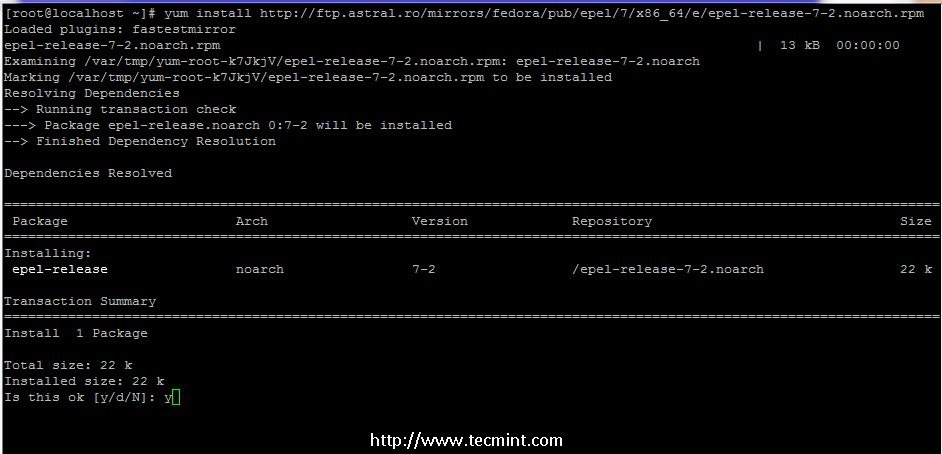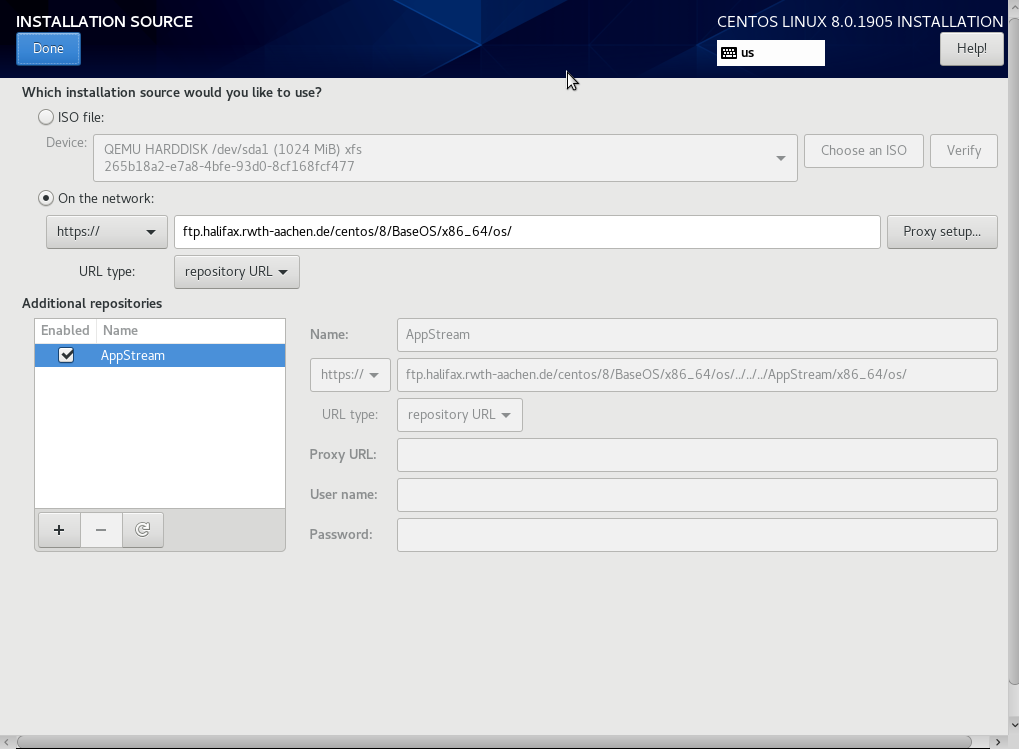

In this file specify the list of the hosts to be managed by Ansible ~]# vi inventory.ini Step Create the basic structure of the Roleįirst step to do is to create the basic structure of the Role, you should create all the following directories layout. If you don’t install yet Ansible you can take a look to my first tutorial Getting Started With Ansible 1.
How to install epel repository on redhat fedora how to#
In this tutorial, we are going to show you how to install EPEL Repository with Ansible on the remote hosts using playbook. Thanks for reading this blog, you’ll also like other articles.Ansible for devops is an open source tool for IT configuration management, deployment and orchestration similar to Chef, Puppet, is extremely simple and easy to use because it uses SSH to connect to servers and run the configured Tasks instead of using agent. This is the end of the tutorials, we explained the steps to Install EPEL Repository on CentOS or RHEL or Amazon Linux. The package is enclosed within the CentOS Extras repository, enabled by default. You can install EPEL by running yum install epel-release. You’ll do that with subscription-manager repos –enable rhel-7-server-optional-rpms –enable rhel-7-server-extras-rpms. epel-release-latest-*.noarch.rpm NOTE for RHEL 7 users with certificate subscriptionsĮPEL 7 packages assume that the ‘optional’ repository (rhel-7-server-optional-rpms for servers) and therefore the ‘extras’ repository (rhel-7-server-extras-rpms for servers) area unit enabled. If you have downloaded EPEL rpm file manually, then install it with the below command: yum install. Sudo yum-config-manager -enable epel Linux Command to List enabled repositories sudo yum repolist

Sudo yum-config-manager -enable epel Install & Enable EPEL repository for CentOS 6 sudo yum install -y Sudo dnf config-manager -set-enabled PowerTools Install & Enable EPEL repository for CentOS 7 sudo yum install -y epel-release The PowerTools repository contains development tools required by many EPEL packages. Install & Enable both the EPEL and PowerTools repositories. Install & Enable EPEL repository for CentOS 8 Install and enable EPEL for Centos 8/7/6 OS. Sudo yum-config-manager -enable epel EPEL Repository for CentOS: Sudo yum-config-manager -enable epel Install & Enable EPEL repository for RHEL 6 sudo yum install -y Sudo dnf config-manager -set-enabled rhui-codeready-builder-for-rhel-8-rhui-rpms Install & Enable EPEL repository for RHEL 7 sudo yum install -y The CodeReady Builder repository contains development tools required by many EPEL packages. Install & Enable EPEL repository for RHEL 8Įnable both the EPEL and CodeReady Builder repositories. Install and enable EPEL for RHEL 8/7/6 OS. sudo yum-config-manager -enable epel EPEL Repository for RHEL Linux: Sudo yum-config-manager -enable epel Enable EPEL repository for Amazon LinuxĮPEL repository is installed already on the Amazon Linux, but you must enable it. Install & Enable EPEL repository for Amazon Linux 2 sudo yum install -y Install and enable EPEL for Amazon Linux 2 and Amazon Linux one. If you’re using totally different supported distribution you’ll install the EPEL repo with the subsequent method. Installing : epel-release-7-11.noarch 1/1 > Package epel-release.noarch 0:7-11 will be installedĮ | 15 kB 00:00:00 Loading mirror speeds from cached hostfile Step 2: Install EPEL Repository on Linux $ sudo yum install epel-release -y Step 3: Confirm the installation and refresh the repo list $ sudo yum repolist Demo output on CentOS Linux release ~]$ sudo yum install epel-release



 0 kommentar(er)
0 kommentar(er)
